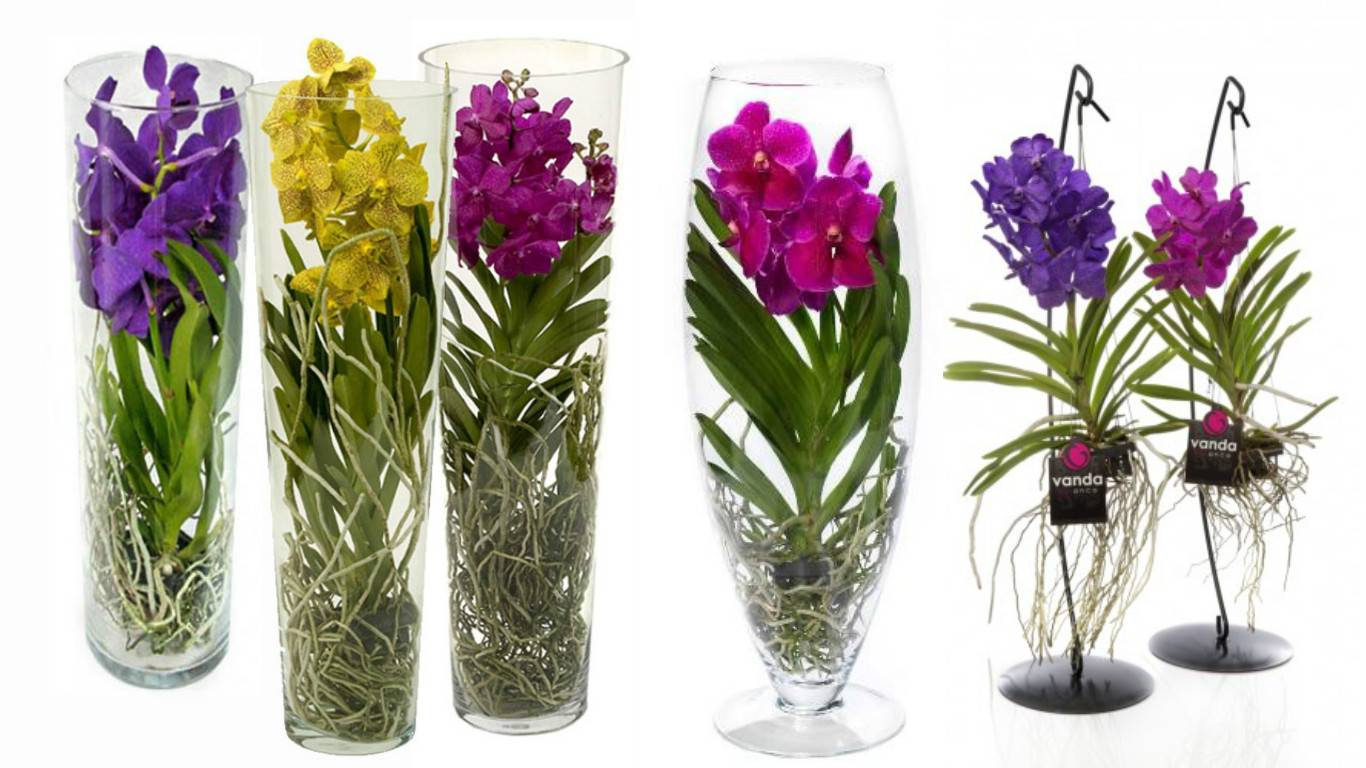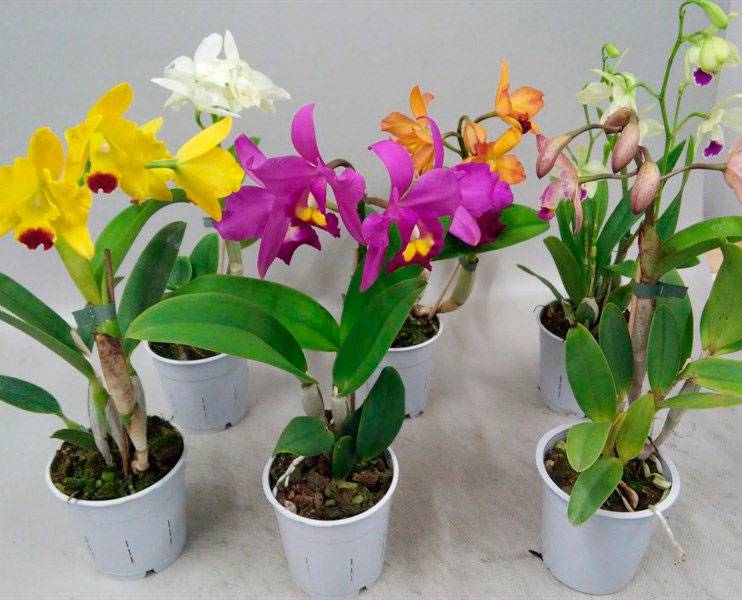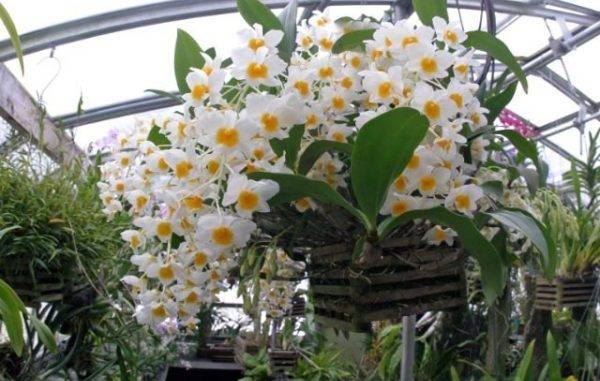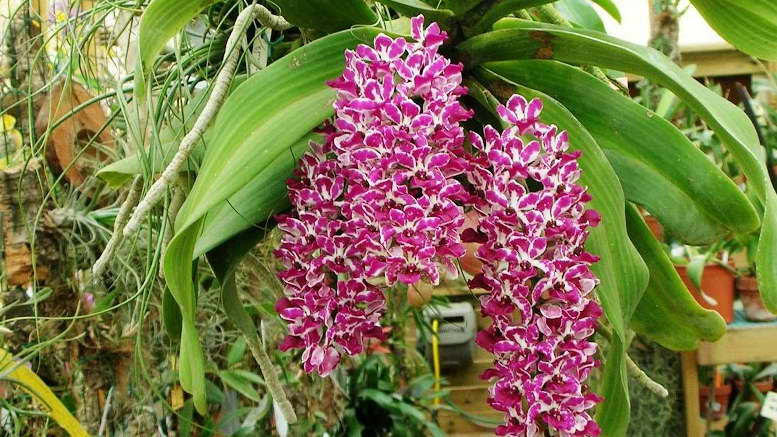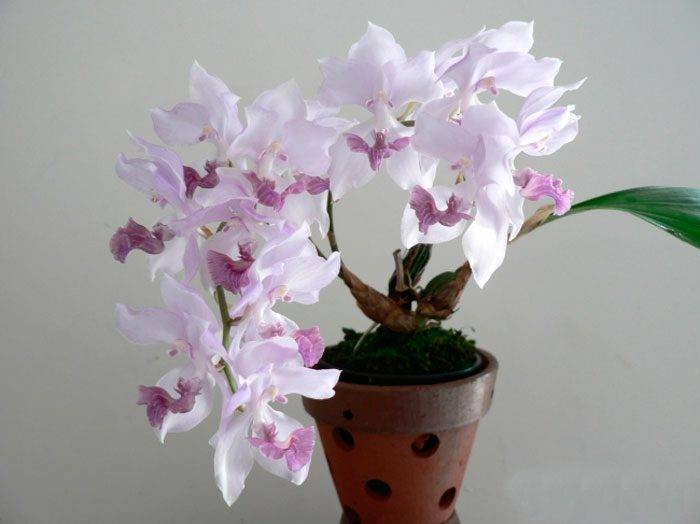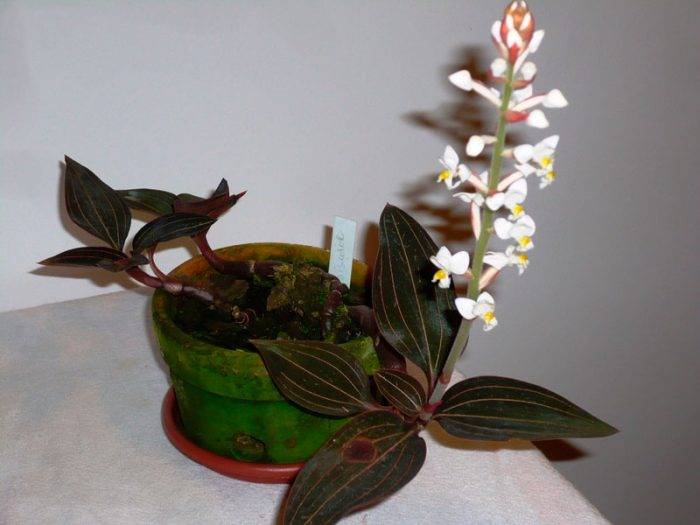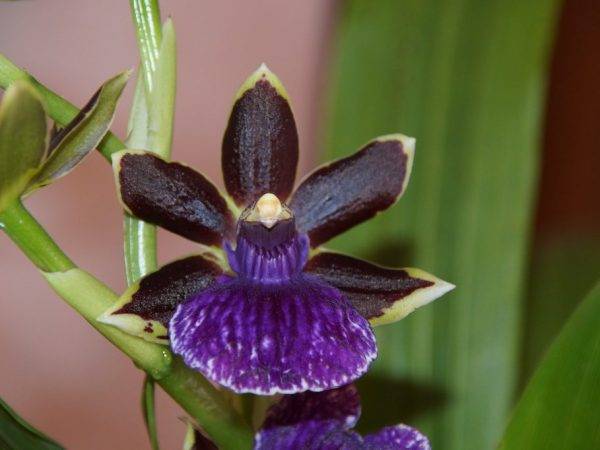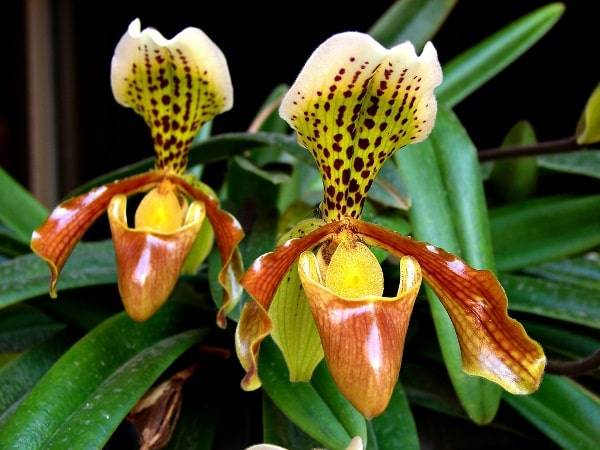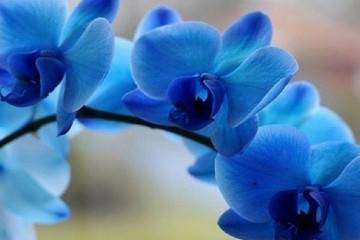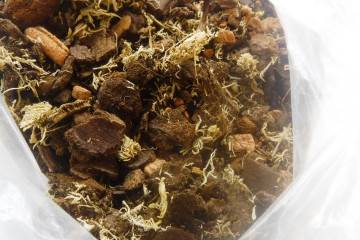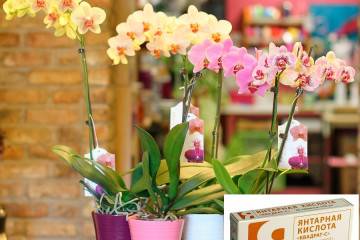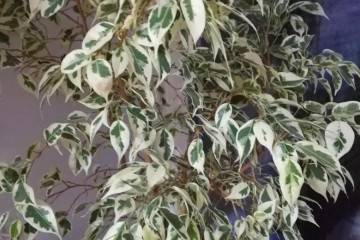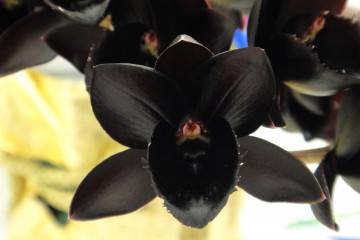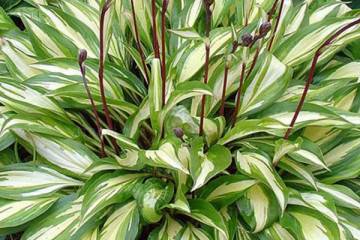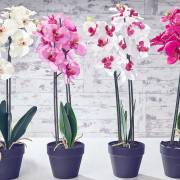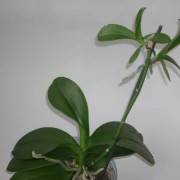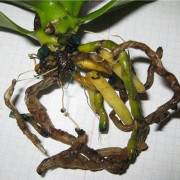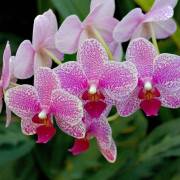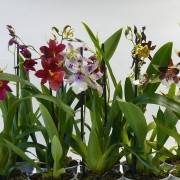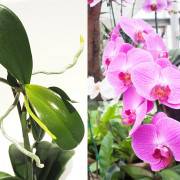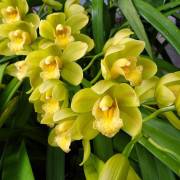Varieties and types of orchids - description and care
Content:
The exotic beauty has won the hearts of many flower growers around the world. Orchid species are amazingly diverse. These flowers are great for home growing.
Phalaenopsis orchid
Phalaenopsis is the most common genus cultivated by many flower lovers. It is home to mountainous rainforests and humid plains in the hot climates of India, the Philippines, East Asia and even northeastern Australia. This flower was first described by the botanist K.L. Blume in 1895.
Phalaenopsis looks like a butterfly, because of this it is called so. The name was formed from the Greek words "phalania", which means "moth", and "opsis" - "similarity."
External features of Phalaenopsis:
- vertical stem, 30 cm to 1 m long;
- large, wide, shiny leaves (three to five per flower);
- leaves are arranged in two rows;
- long peduncles with axils;
- in many species, peduncles branch;
- large flowers.
More than 70 species of orchids belong to the phalaenopsis genus. Varietal phalaenopsis are distinguished by a variety of shapes and colors. Their inflorescences are painted in a variety of colors: white, purple, lilac, pink, red, yellow, etc. They can be two-colored, striped or spotted.
The most famous species of this plant are pink phalaenopsis, horse, giant, pleasant (Amabilis). Phalaenopsis of Schiller, Stewart, Luddemann, Sander, White Swan, as well as the Cleopatra orchid are known. The fragrant phalaenopsis Liodoro (or Liodor) is very famous, which also has a second name - Sweet memory. Multiflora is an orchid that also belongs to the genus Phalaenopsis.
Orchid wanda
The vanda orchid is native to Indonesia, Southwest Asia and Australia. Its peculiarity is manifested in the fact that it grows only in height, and not in width, therefore it does not form additional bulbs.
What Wanda looks like:
- long stem, cylindrical;
- long green leaves on the stem are closely spaced to each other;
- light gray-green roots;
- between the leaves there are sinuses, from which flower stalks grow;
- from 1 to 4 peduncles can bloom at the same time;
- from 2 to 15 flowers appear in each peduncle;
- may be upright or slightly inclined;
- are racemose or axillary;
- flowers can grow up to 15 cm in diameter.
The peculiarity of the flowering of the wanda is that its buds open slowly. At first, pale and weak flowers appear, but after 2-3 days they become brighter and larger. The color of the petals can be blue, purple, blue, lilac, lilac, pink, yellow, red, white and even brown. There are variegated colors. Some varieties of wanda orchids have a delicate aroma.
Wanda is very whimsical, so she needs to be provided with careful care and suitable conditions. It is a light-loving genus of orchids, so they need to provide good lighting. Only an experienced florist can grow this plant.
Cattleya Orchid
Cattleya is one of the most beautiful genera of orchids. It was named in 1818 in honor of the botanist W.Cattleya, who was the first to compose a description of this genus of orchids. The homeland of the Cattleya are the countries of South and Central America: Brazil, Argentina, Mexico, Paraguay, Bolivia. In the wild, Cattleya grows both in the plains and plateaus and in the highlands. Species belonging to the genus Cattleya are distinguished by their external diversity.
Description:
- the flower reaches 5–25 cm in diameter;
- has a pleasant aroma;
- the color range of the petals is very diverse;
- due to the sympodial type of branching, the plant grows in width;
- 1–3 green shiny leaves grow on the stem;
- bloom in autumn or winter;
- flowering continues for a month.
Some Cattleya grow near the trunks and branches of trees, so they have an aerial root system and are able to take moisture from the air. These types of orchids are called epiphytes. Other Cattleya grow in rock breaks and gorges, so they are able to bloom in open sunlight. These orchids are called lithophytes. All Cattleya are very light-requiring and need abundant, but diffused lighting.
Dendrobium Orchid
More than 1200 species of orchids belong to the genus Dendrobium. The birthplace of dendrobium is the Himalayas, Vietnam, Indonesia, China. The name comes from the Greek words meaning "tree dweller." Most species of the genus Dendrobium are epiphytes, but lithophytes are also found.
Characteristic:
- grows up to 40–90 cm in height;
- the length of the leaves is 5–10 cm;
- up to 4 flowers in the peduncle;
- the diameter of each flower is 6–8 cm;
- the leaves on the stem are arranged in pairs in turn.
Petals can be white, orange, yellow, lilac. Dendrobium exudes a delicate aroma. These orchids are quite unpretentious and are very popular among flower growers. Dendrobium loves an abundance of light and moist air.
Rhynchostilis orchid
Rhinhostilis grows in Burma, Laos, Thailand, Vietnam, China, Indonesia and the Philippines. This genus of orchids is renowned for its strong, fragrant aroma.
External features:
- short stiff stem;
- monopodial branching type: does not grow in width and grows from one point;
- thick leaves up to 35 cm long;
- peduncle (brush) reaches 40 cm in length;
- each peduncle has up to 60 flowers.
Beautiful rhynchostilis is unpretentious in care. He is very thermophilic, loves humid air (up to 70%), but does not need a lot of light and moisture. It grows slowly, so you can wait for flowering for a long time. Rinchostilis does not tolerate frequent transplants and even moving around the room.
Orchid aghanizia
The tropical forest orchid aganizia (akakallis) grows in South America. This genus includes only 4 species. These are dwarf orchids that bloom 2 times a year - in early summer and in the last weeks of winter.
Description:
- thin stem;
- sympodial branching type, shoots grow at a distance of 3–6 cm from each other;
- each young shoot grows slightly higher than its predecessor, therefore aghanizia grows with a ladder;
- shiny sharp leaves up to 20 cm long and 4–8 cm wide;
- longitudinal veins are visible on the leaves;
- peduncle up to 30 cm long;
- each peduncle has 2–10 flowers;
- blooms for 10-12 days.
Florists grow blue aganizia and beautiful aghanizia.Aganizia blue is famous for the color of its petals. In small flowers, the lip and petals are at 120 ° to each other. Sepals are located at the same angle, which are at the same distance from each other. Aghanizia has beautiful beige or cream flowers with slightly pointed petals and sepals. A small burgundy spot is noticeable on the lip.
Aganizia is very picky, it is difficult to look after her. She needs bright diffused light, warmth, sufficient moisture. You can only transplant aganizia if the roots have grown and come out of the pot.
Ludisia orchid
The unusual Ludisia orchid is famous for its beautiful lush leaves. It belongs to the genus of precious orchids. This beauty grows in Sumatra, Thailand, Malaysia, Vietnam, in the south of China.
What does the ludisia orchid look like:
- purple or olive leaves veined with a light green hue;
- leaf width is 3-4 cm, and the length reaches 7 cm;
- dwarf plant (up to 15 cm in height);
- many creeping stems growing from the bush;
- each stalk has 5 leaves;
- on a long (up to 30 cm) peduncle grows 20-30 very small flowers 2 cm in diameter;
- white or yellow petals.
Multi-colored ludisia is widespread, including many species. Some have silver or gold veins, others have black-green leaves with red veins, and still others have bronze ones with copper veins.
Many growers dream of growing flowers of a certain color, so you need to know what color is characteristic of a particular genus.
- white orchid - cellogyne, ludisia, rhynchostilis, dendrobium;
- yellow orchid - ludisia cellogin, brassia, oncidium, dendrobium;
- red orchid - oncidium;
- purple orchid - aganizia, dendrobium, oncidium;
- pink orchid - rhynchostilis, dendrobium.
Phalaenopsis, Vanda, Zygopetalum and Cattleya can be of any color.
Other types
Orchid varieties are extremely diverse. Florists distinguish several more beautiful varieties.
The oncidium orchid is famous for its beauty and variety of species. Its most famous varieties:
- Sweet Sugar - yellow flowers
- Twinkle - red, purple, dark purple or brownish. They have a sweet aroma;
- Sharry Baby - red, white, yellow.
Some types of oncidium grow in humid South American forests, others - in the highlands, plateaus, savannah.
Many growers want to grow oncidium. Home care is difficult. These plants need a slight difference between day and night temperatures. They love diffused light and cannot stand excess moisture.
Bright, catchy and unusual zygopetalum is distinguished by the shape of the flower. Spots or streaks are visible on the petals. Color can be anything, even black. Up to 10 flowers grow on the peduncle. Zygopetalum blooms in winter. Despite its striking appearance, this flower is unpretentious to care for, so even a novice florist can grow it. The Luisendorf variety is especially popular.
The Brassia orchid is also famous for its unusual appearance. It has elongated sepals of beige or yellow with brown specks. This makes the brassia look like a spider. The petals can grow up to 15 cm in length. The genus Brassia includes 30 species that are similar to each other. This plant is unpretentious, loves light, moist air and is able to bloom all year round.
Tselogin is very beautiful and capricious, she needs careful care. Snow-white flowers exude a pleasant aroma. The islands of the Pacific and Indian Oceans, as well as South and Southeast Asia are considered its homeland. This genus includes over 120 species. Among them, the most common:
- cellogyne Christata (comb) grows in the Himalayas, blooms from the beginning of winter to the first days of spring.On a peduncle, 8 flowers with a diameter of 10 cm;
- beautiful cellogin has yellow-green petals. The lip is light brown in color, covered with red veins and white specks. Grows on the islands of Sumatra and Java;
- fringed cellogyne. She has greenish-yellow petals, her lip is covered with a burgundy pattern. A low-growing plant with miniature flowers. Blooms from August to October.
Features of care depend on the type of cellogyne: some need more heat, light and moisture, while others, on the contrary, need less.
The Lady's Slipper Orchid has the official name - Fragmipedium. The bizarre shape of its buds is similar to shoes. It will become a decoration for any home flower garden. The slipper orchid (papiopedilum) is the most common type. It is not difficult to care for orchids of this genus.
The wild orchid flower is an incredibly beautiful, but very capricious plant. It must be handled with care and carefully looked after. Due to the variety of species and varieties, these exotic plants have long been loved by flower growers.

